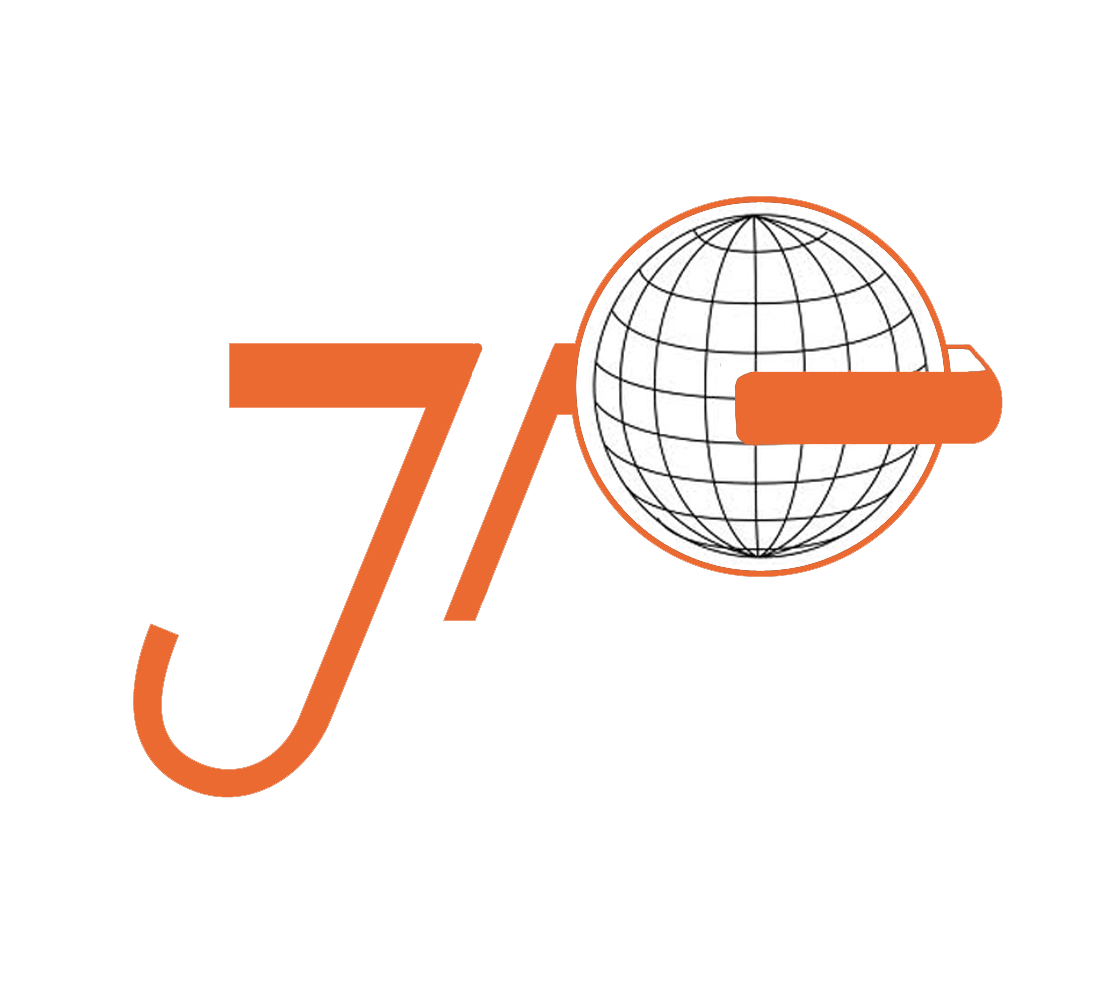
What is the CEFR?
Established by the Council of Europe, the Common European Framework of Reference for Languages, often referred to as the CEFR, is a unique system that helps students stay on a goal-oriented track when learning a foreign language. It helps break down the format of learning into 3 broad levels: Basic User (A1 + A2), Independent User (B1 + B2), & Proficient User (C1 + C2). These 3 broad levels are usually referred to as Beginner Level (A1 + A2), Intermediate Level (B1 + B2) & Expert Level (C1 + C2). From this basic foundation, more specific terms are determined so students can maintain awareness of what goals they can achieve in each class they take and how they will progress towards fluency as they learn. The framework is broken down further below
Basic User (A1 + A2) - Beginner Level
In this introductory phase of learning a student is either completely new to the language or has very basic skills such as knowing how to introduce themselves, say where they live or know how to describe the work they do. The CEFR breaks down this level into two categories: A1 + A2. A1 describes a student who is in the “breakthrough” or “very beginner” stage of learning. Someone at the A1 level is new to the language with no experience in the language and will be introduced to cultural elements and basic grammar and everyday expressions. A2 describes a student who is in the “waystage” or “elementary” stage of learning. Someone at the A2 level knows the basic level of the foreign language and is learning more specific grammar and cultural elements. Students become confident in stating basic needs and wants in preparation for the Intermediate Level B1.
Independent User (B1 + B2) - Intermediate Level
In this intermediate phase of learning a student has some experience with the language with the skills to describe everyday activities is has more developed grammar, oral and written skills. The CEFR breaks down this level into two categories: B1 + B2. B1 describes a student who is in the “threshold” or “intermediate” stage of learning. Someone at the B1 level is able to incorporate more oral and written communication skills emphasized on everyday topics. They are also able to focus on language as used in their everyday tasks and behaviors. B2 describes a student who is in the “vantage” or “upper intermediate” stage of learning. Someone at the B2 level deepens his or her knowledge of grammar in conjunction with oral and written skills through sociocultural theories. They also become more confident in conversation for preparation to Advanced Level, C1.
Proficient User (C1 + C2) - Expert Level
In this final and most advanced phase of learning a student is able to understand a wide variety of concepts and express themselves with much confidence. The CEFR breaks down this level into two categories: C1 + C2. C1 describes a student who is in the “effective operational proficiency” or “advanced” phase of learning. Students at the C1 level are able to understand a wide variety of short and long texts and understand implicit meanings (jokes, puns, etc). They can use language flexibly and effectively for all sorts of purposes and in all environments. The language is clear, structured, and detailed with control of simple and complex grammar as well as control of the language phonological system. B2 describes a student who is in the “mastery” or “proficiency” phase of learning. Someone at the C2 level can understand everything read or heard. They can understand, summarize, and rearrange arguments in a coherent presentation. The student can express him or herself fluently, precisely, and naturally in all and in most complex situations expressing sometimes shades of meaning.
Why is the CEFR important?
When it comes to learning a language, it is important to have actionable goals that will help students reach proficiency. This system allows students and teachers alike to have a mutual understanding and a generally-focused guideline for achieving goals. For instance, have you ever wondered how long it might take you to advance from a Beginner Level student to an Expert Level student? While many programs will promote unrealistic results (such as advertising a class that will bring you to fluency in as little as 30-days), the reality is that learning a language takes time and commitment. Much like going to the gym, a student must practice and exercise their skills in order to become properly fluent in a foreign language. In fact, mastering a language is a huge accomplishment that is the result of many years of practice. The CEFR is important because it helps pave the pathway for students to understand how they can master a language in an organized and realistic way.
How long does it take to become fluent?
This is a common question we hear at JP Linguistics. While the answer may seem daunting at first, we know the truth is that it takes a lot of determination and dedication. In most cases this means years of preparation and learning. It also requires individual attention and practice. For those who are able to utilize their free time to study and practice, they will see results more quickly. It also helps to seek a private instructor who can work one-on-one to address issues along the way, which is something we offer to our students (visit our main page and select Private Lessons to learn more). If you want to learn more about how long it takes to become fluent, download our FREE guide below!
How to determine your level
If you are unsure what your current CEFR level is, you are not alone! There is a lot of confusion out there regarding levels because schools and companies use a variety of systems (sometimes even made-up ones). This is one benefit of the CEFR. Once you become familiar with the system, you will notice the organizations that utilize it and you can jump into the program as long as you know your level. If you want to get a clear understanding of your level, we provide a FREE Online Placement Test that respects the CEFR. Click here to take our Online Placement Test.
